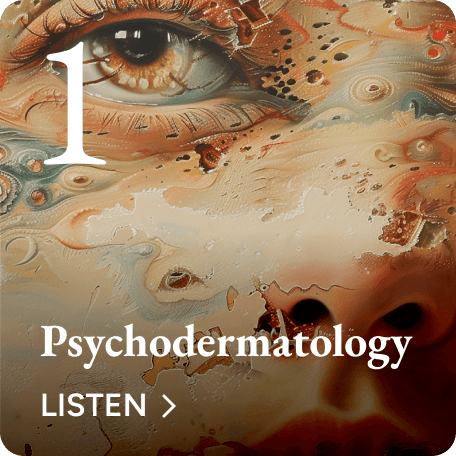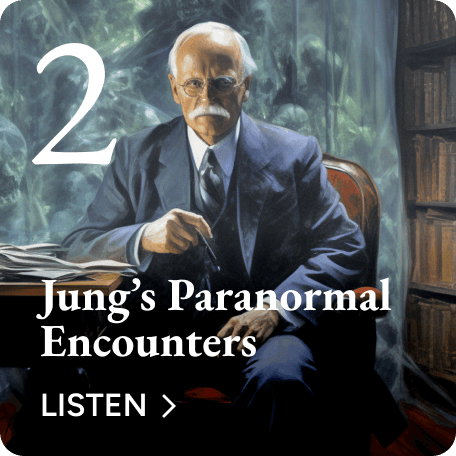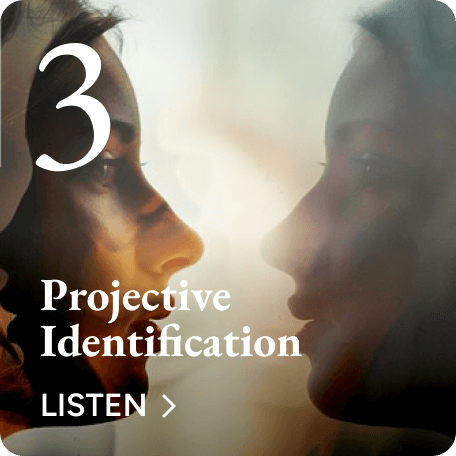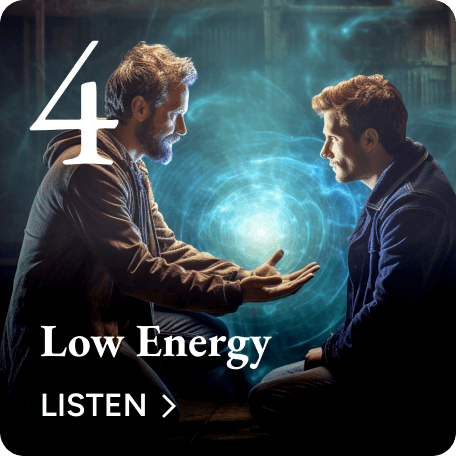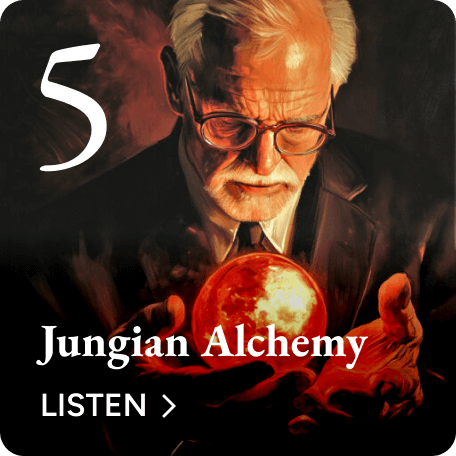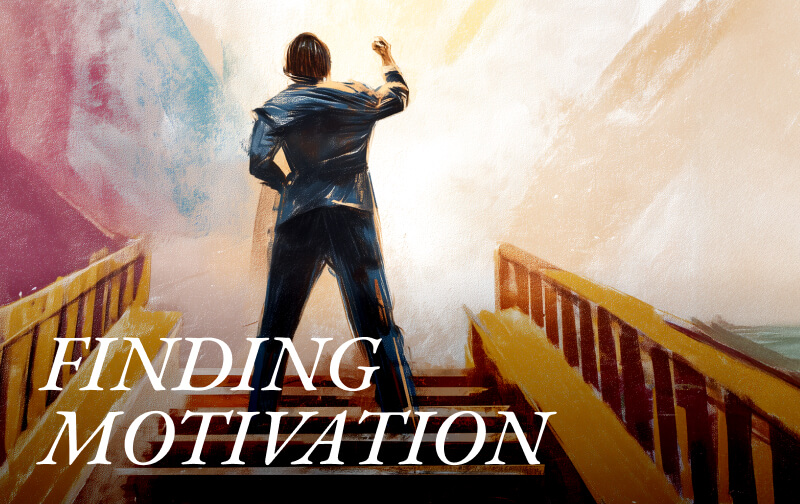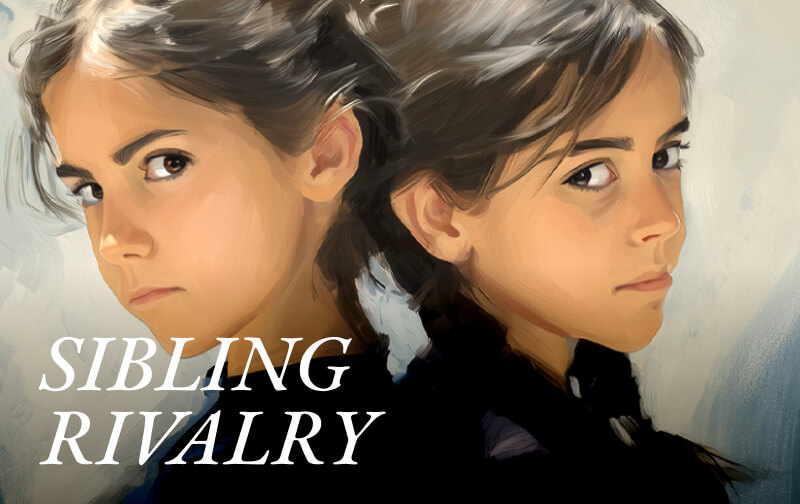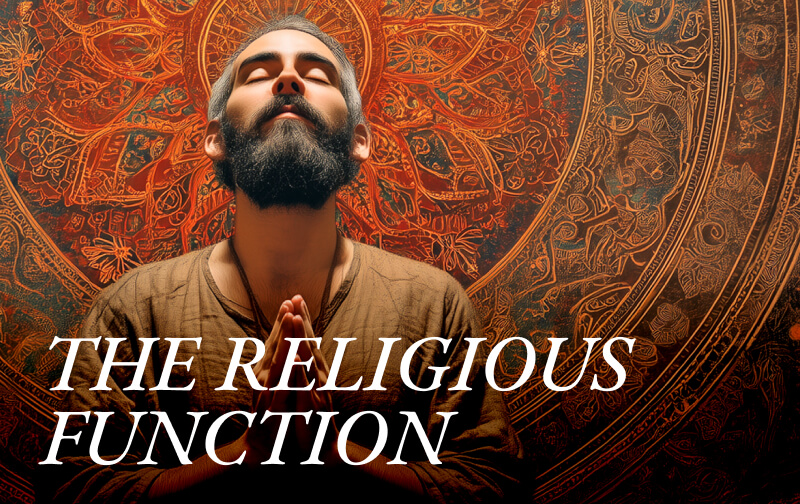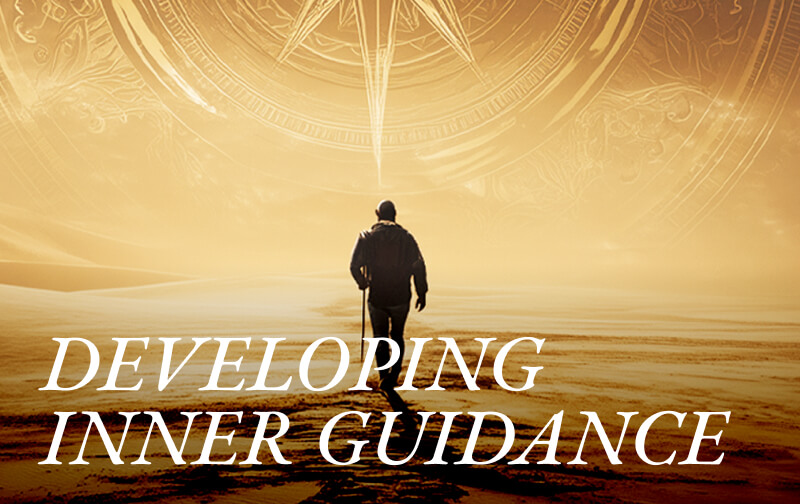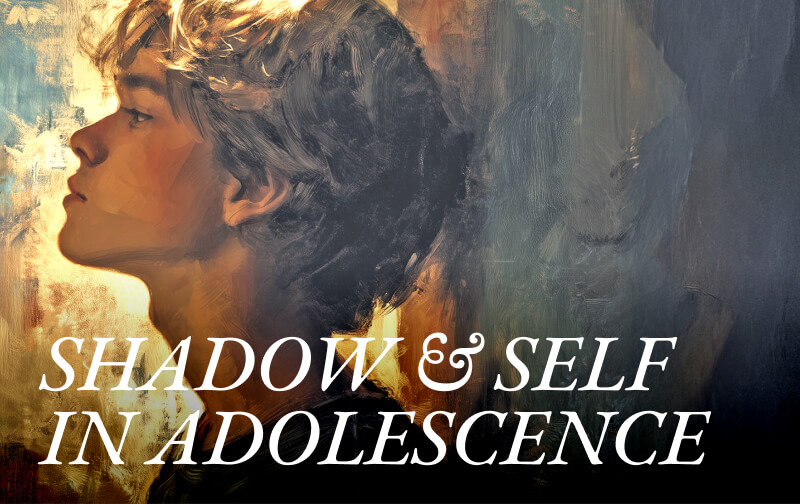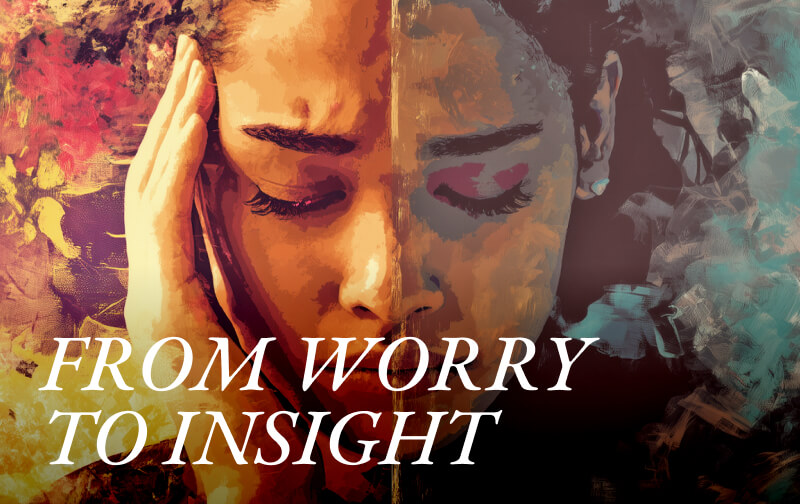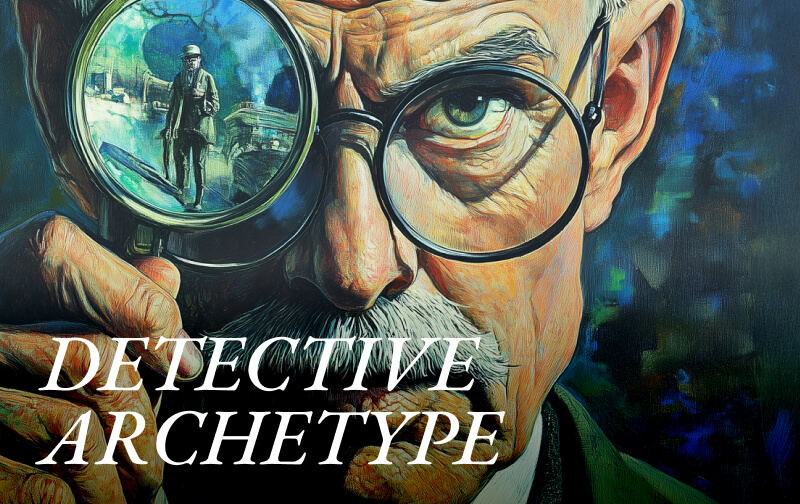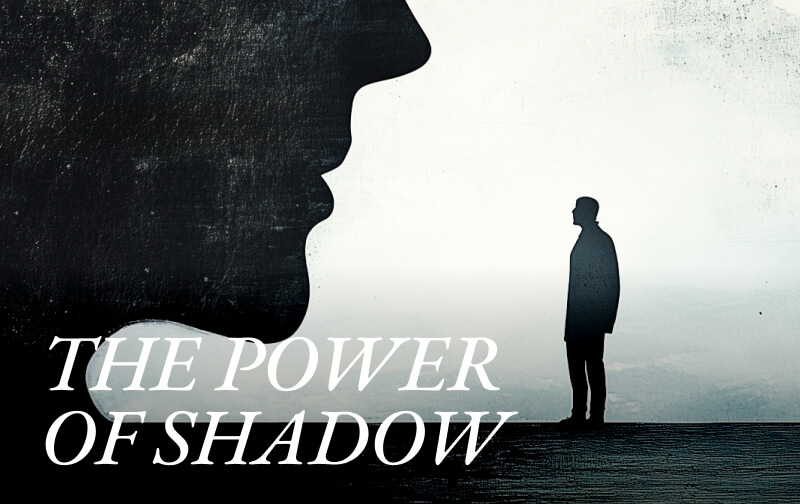Over 25 Million Downloads
Our Podcast
Eavesdrop on Lisa, Deb, and Joseph as they engage in lively, sometimes irreverent conversations about a wide range of topics and dream analysis through the lens of depth psychology provided by Carl Jung.
Over 25 Million Downloads
Our Podcast
MOTIVATION: What Happens When Your Get-Up-And-Go Leaves Without You?
Motivation rises from conscious and unconscious dynamics. We can reason with ourselves to take logical action while our libido flows with its own intelligence. When these two aspects align, we find ourselves acting decisively and effectively with remarkable freedom. When we’re at odds with the secret intelligence of the unconscious, we can find ourselves uncomfortably suspended. As we honor the autonomy of Psyche and cultivate a curious friendship with it, we can discover a creative collaboration that sets us in a fresh direction aligned with the Self.
Sibling Rivalry: Archetypal Conflicts and Shadow Dynamics in Families
Sibling rivalry can bruise and build in equal measure. On the hard side, the older child feels toppled from the throne, the younger scrambles for a foothold, and both learn how quickly envy, resentment, and score-keeping ignite—whether over a parent’s extra hour of attention or the larger slice of birthday cake. Those early contests can calcify into adult grudges that surface in estate negotiations, workplace jockeying, or mismatched relationships. Yet the same daily friction teaches useful skills: we sharpen empathy by reading a sibling’s next move, develop a theory of mind through constant negotiation, and discover that competition does not rule out loyalty—especially when a crisis calls every rival home. Listen and discover how sibling rivalry is both the first training ground for conflict and the first workshop for cooperation, shaping how we handle fairness, attachment, and resilience for the rest of our lives.
Mandala Archetype: How the Self Turns Chaos Into Cosmos
Mandalas are Psyche’s way of drawing a compass for you when life feels off-kilter. Jung noticed that these circular patterns—whether they appear in Navajo sand paintings, Tibetan yantras, or last night’s dream—pull everything back toward a stable center he called the Self. The rim defines where your ego ends; the cross-lines and repeating fours help you locate sensation, feeling, thinking, and intuition in relation to your core. By “walking” the circle, even in imagination, the ego learns to orbit rather than hijack the organizing center, and the usual tug-of-war between instinct and spirit eases. Jung’s own Liverpool dream, with its sunlit circular island in a dark industrial square, showed him how a mandala can emerge autonomously whenever Psyche needs to order chaos and point the way back to wholeness. Curious why a circle keeps popping up in dreams and sacred art?—tune in and find out how it can quietly realign your life.
HOUSE DREAMS: Schematics of Your Psychological Functioning
A house in a dream is not décor; it is Psyche showing her floor plan. Every doorway marks a function, every wall a limit. Treat it as the headline or miss the argument entirely. When the unconscious stages action inside four walls, conscious life must pay rent. Ignore the image and the rest of the dream loses structure. Your job is to walk through, take inventory, and own what you find.
Ready For the Real Snow White? The True Tale of Envy, Murder, and Retribution
Ever wonder why “Snow White” still hooks us after all the Disney glitter flakes off? This episode strips the tale down to its psychological wiring: murderous envy of the mother shadow, malignant innocence, the unforgiving “mirror” inside that only answers the questions we’re brave enough to ask, and the dangerous alchemy that transforms three lethal mistakes into mature authority. You’ll hear why the dwarflike bits of half-formed masculinity in all of us mine gold from the unconscious, how raw instinct often finishes the work refined methods can’t, and how real agency activates only when infantile fantasies are forged into a powerful animus. It’s a crash course in holding onto wonder while crafting ruthless boundaries—if that mix intrigues you, dive into the full conversation.
Forging the Upward Thread: Why Do We Create Religions?
The religious function is part of who we are — as natural as needing food or love. It’s the inner drive that pushes us to find meaning, to touch something larger than ourselves. Jung saw that if we don’t tend it, it doesn’t go away; it twists itself into addictions, compulsions, or a kind of soul-sickness. Religion, in the deepest sense, isn’t about belief systems. It’s about real encounters with the Self — the larger reality inside us that humbles, heals, and reshapes us. Dreams, symbols, and moments of awe are how Psyche keeps that connection alive. Without them, the energies meant for growth get stuck or spill out in destructive ways. In this episode you’ll learn how to stay open and reimagine ways the sacred can speak to you.
Trauma Can Be Rewritten: The Use of Art to Reimagine Our Past and Grant Us New Life
Viviane Silvera animated 30,000 of her hand-painted images to explore how traumatic memories are formed, stored, and ultimately transformed. Her animated documentary, SEE MEMORY, traces the intimate story of a young woman caught between past and present; her film captures the fragmented texture of trauma and the healing that becomes possible when painful memories are witnessed. In our conversation with Viviane, we explore her process of recovering lost memories and how opposing perspectives can constellate new attitudes toward trauma. We discuss cutting-edge findings on the way the brain stores and changes memory and reveal the intersection of art, science, and psyche.
How to Develop Your Inner Guidance: Charting a Path Through the Current Chaos with Jung’s Insights
Inner guidance is Psyche’s built-in orienting system, a silent interlocutor that Jung named the Self. When the ego listens to that source, life organizes around an inner axis rather than around social noise. The conversation begins in dreams: every night the unconscious compensates for one-sided attitudes and sketches latent possibilities, offering images that ask to be amplified rather than solved. Even a “snippet” is enough; when recorded in a temenos of morning journaling, the material becomes a living letter whose meaning ripens across weeks or years. Symbols such as the abattoir, the dictator, or the mysteriously delivered “blessings” in the dream transcript confront the dreamer with shadow, sacrifice, and the double face of unconscious gifts—each theme urging dialogue rather than repression.
Shadow and Self in Adolescence: Navigating Rage, Love, and Individuation
Adolescence is a transitional life stage marked by profound biological, psychological, social, and cultural changes. Spanning roughly the second decade of life (and often extending into the early twenties), it bridges childhood and adulthood in complex ways. Modern research views adolescence not just as a biological phase of puberty, but as a multifaceted phenomenon involving brain maturation, identity formation, shifting social roles, and symbolic meaning.
From Worry to Insight: Making Sense of Uncertainty
Worry is the mental process of anticipating possible troubles, setbacks, or risks—and trying to manage them through continuous thought. It’s distinct from anxiety, though the two states overlap. Worry tends to be more specific and verbal: we can usually put it into words, such as “I’m worried about missing my flight” or “I’m worried about the results of that exam.” Anxiety, on the other hand, is broader. It involves an emotional and physiological response—racing heart, sweaty palms, tense muscles—and often lacks a clearly nameable cause. While we can remain relatively functional when worrying (performing daily tasks, maintaining our routine), anxiety can feel more like a system‐wide alarm, activating deep bodily stress responses and pushing us to hypervigilance or avoidance.
Detective Archetype Decoded: Tracking Symbolic Clues
The detective archetype speaks to a universal drive for uncovering what has been concealed. This impulse emerges whenever communities sense the weight of secrets, crimes, or enigmas that destabilize ordinary life. By taking on the role of investigator, the detective strives to reestablish clarity and order, reflecting humanity’s innate desire for comprehension. Yet the archetypal detective does more than solve puzzles; he or she addresses the fundamental mystery of how darkness and truth coexist.
Unlocking the Power of Your Shadow
f you’ve ever been startled by an impulsive action or a sharp comment you later regret, you’ve likely met your shadow. The shadow refers to aspects of ourselves—traits, impulses, fantasies—that we’d rather not claim as our own. These hidden dimensions lie outside our everyday awareness, shaping behaviors and blocking us from deeper intimacy with ourselves and others. At first glance, it can be unsettling to acknowledge these unwelcome parts of psyche. Yet it is precisely through learning to see, hear, and eventually befriend them that we gain an honest sense of who we are. It requires us to move beyond denial and projection and bring these aspects into conscious dialogue. The reward? Reduced self-sabotage, enhanced creativity, and greater capacity to connect with loved ones from a more authentic place.
